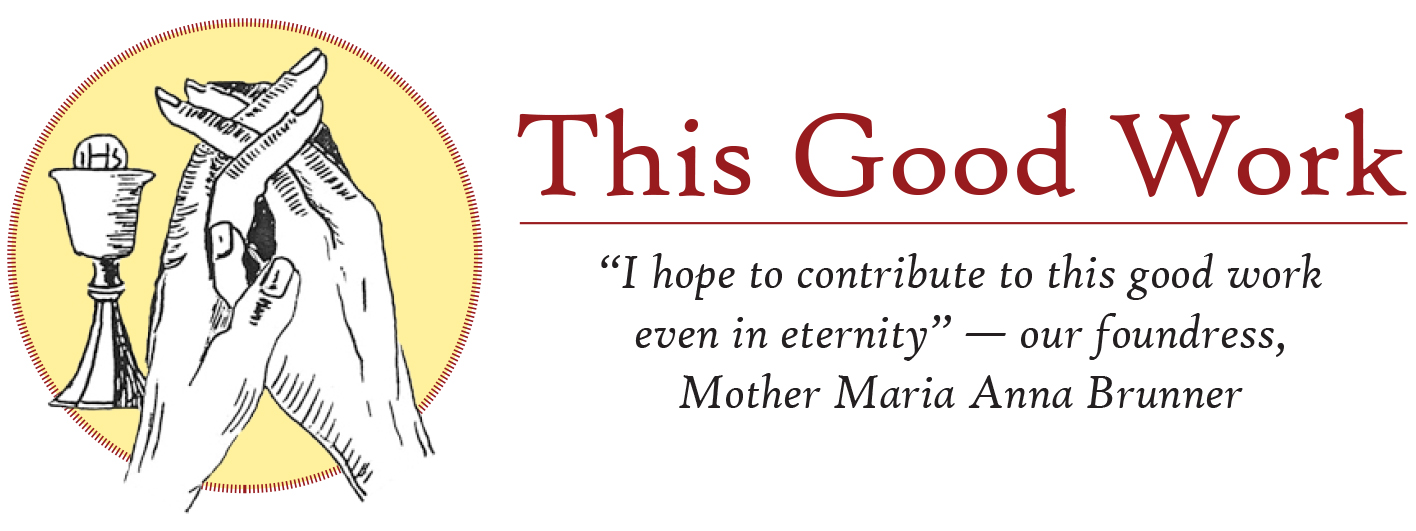
“This Good Work” is the Congregation’s bi-monthly e-newsletter to give witness to Precious Blood Spirituality through the lens of social justice, rooted in Gospel values and Catholic social teaching. In it we share real, legitimate information and ways Sisters are thinking about and living out many issues of peace, justice and ecology. This is curated by Peace, Justice and Ecology Coordinator Jen Morin-Williamson and features articles by Sisters.
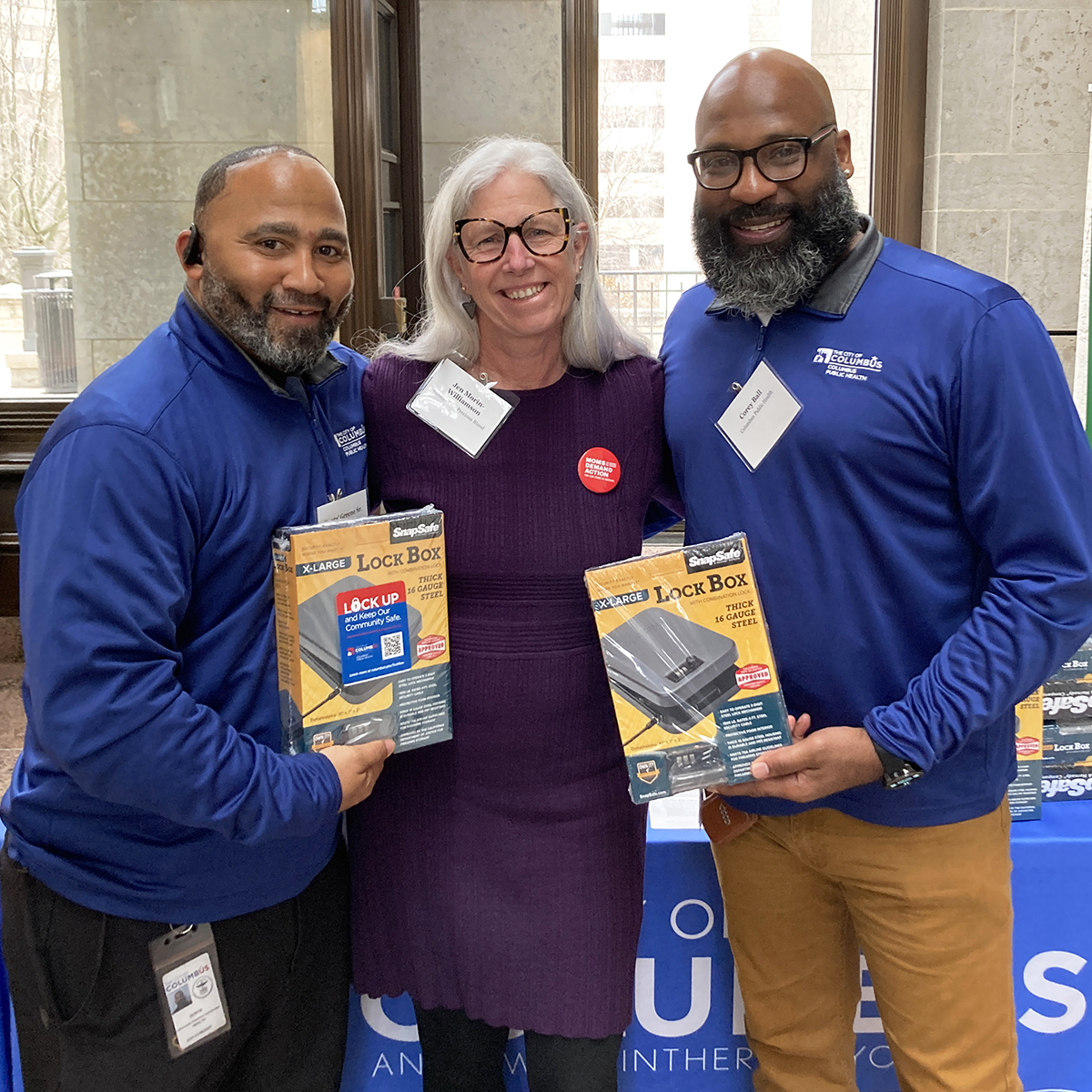
My 2-year “workiversary”
By Jen Morin-Williamson, Peace, Justice, and Ecology Coordinator
As I mark my two-year work anniversary, I’m filled with gratitude for the opportunity to work alongside the Sisters of the Precious Blood. Their dedication to justice, rooted in Precious Blood spirituality since their founding in 1834 (and arrival in Ohio in 1844), is truly inspiring. It’s an honor to contribute to the Congregation’s mission of justice, which reaches beyond Dayton to encompass state, federal and international efforts. The Congregation has skillfully adapted to societal changes, incorporating laypeople like me to help perpetuate and expand their meaningful work. In my capacity as coordinator for peace, justice and ecology, I advocate for issues identified in the Congregation’s 2019 Directives: environmental justice and climate change, gun violence prevention, human trafficking, abolishing the death penalty in Ohio, immigration and migration, and anti-racism. I champion emerging justice concerns including democracy and the dignity of every person. The journey of justice work is long and demanding. Read More
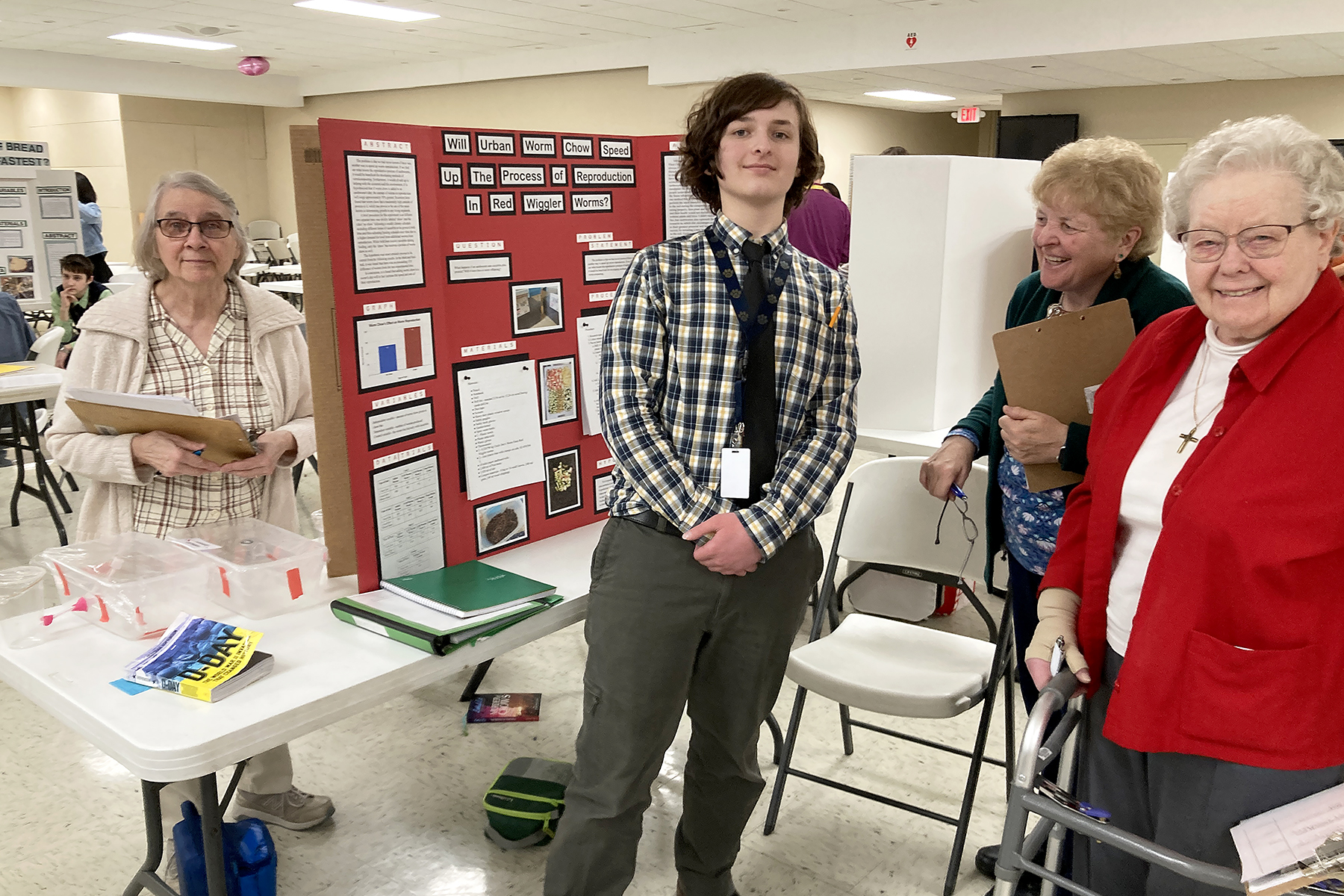
Environmental justice and climate change
Under the guiding light of Pope Francis’ encyclicals, our Congregation has continued and expanded our Precious Planet Award program for a second year. This initiative, deeply inspired by the Pope’s urgent call to address the climate crisis and foster environmental justice, has grown in its reach and impact. In partnership with three area Catholic Schools, we’ve extended the program beyond the awarding of a $500 scholarship to an eighth-grade student with an outstanding environmental project. This year, we’ve enriched the program with interactive presentations delivered to eight classrooms, focusing on the critical messages of Pope Francis’ encyclicals and the collective action required to mitigate climate change. Read More

Gun violence prevention
The Congregation has a long-standing tradition of active participation in various organizations dedicated to justice and advocacy, with the Leadership Conference of Women Religious (LCWR) being a cornerstone of our involvement. Inspired by the principles and actions of LCWR, several other critical justice-focused groups have emerged, notably the Justice Conference of Women Religious (JCWR) and NETWORK Lobby. These organizations, known for their inclusivity, extend their outreach and collaboration opportunities to both vowed and non-vowed individuals committed to justice work. Read More
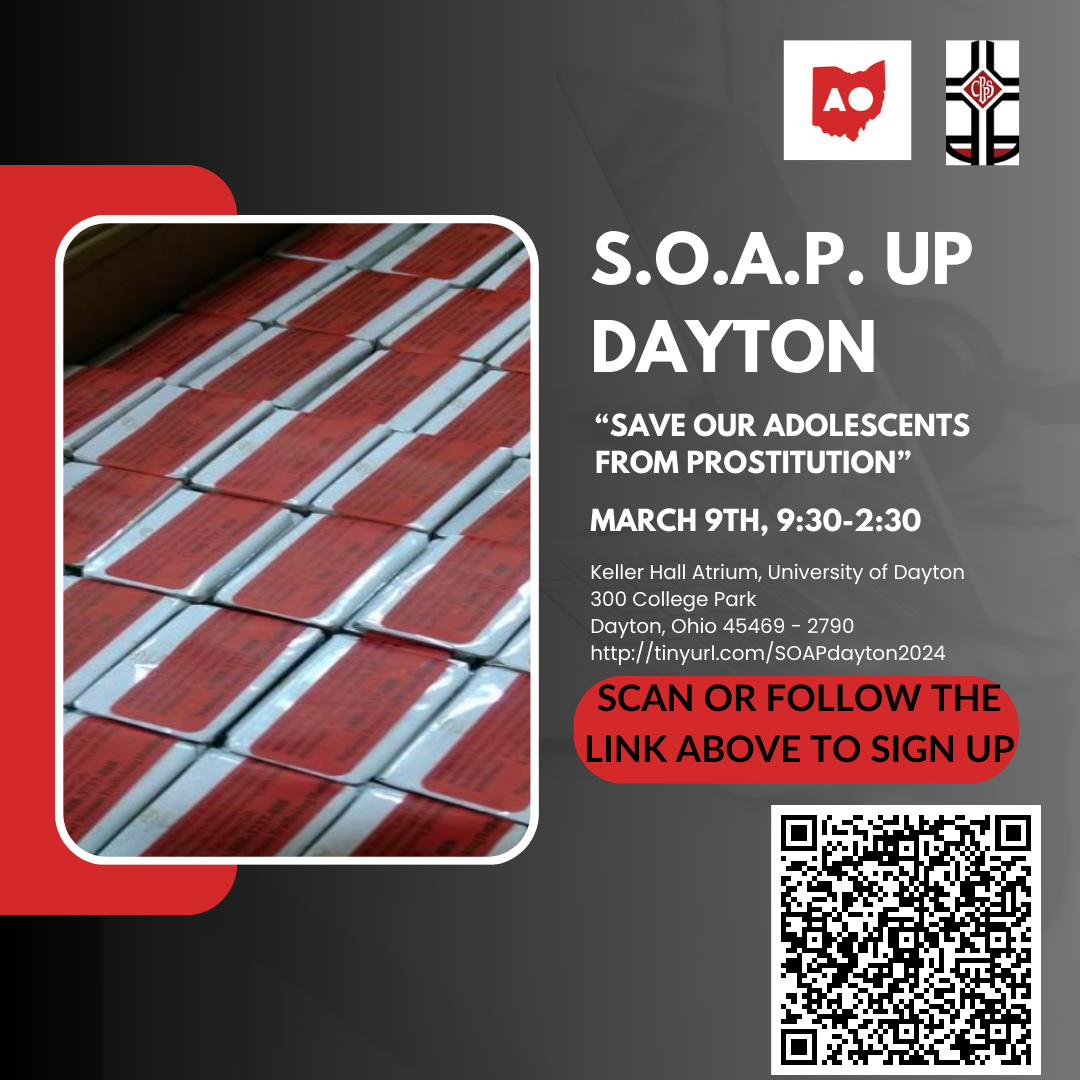 Human trafficking
Human trafficking
In our dedicated efforts to enhance human trafficking awareness and prevention, we are excited to collaborate once again with Abolition Ohio in organizing the annual SOAP Up the First Four event. SOAP, an acronym for “Save Our Adolescents from Prostitution,” plays an important role in our anti-human trafficking initiatives. This significant event is scheduled for March 9, from 9:30 a.m. to 2:30 p.m., at Keller Hall, University of Dayton, 300 College Park Avenue, Dayton, Ohio, 45469. Participants will receive education on human trafficking, learn to recognize its red flags, and undergo prevention training. Read More
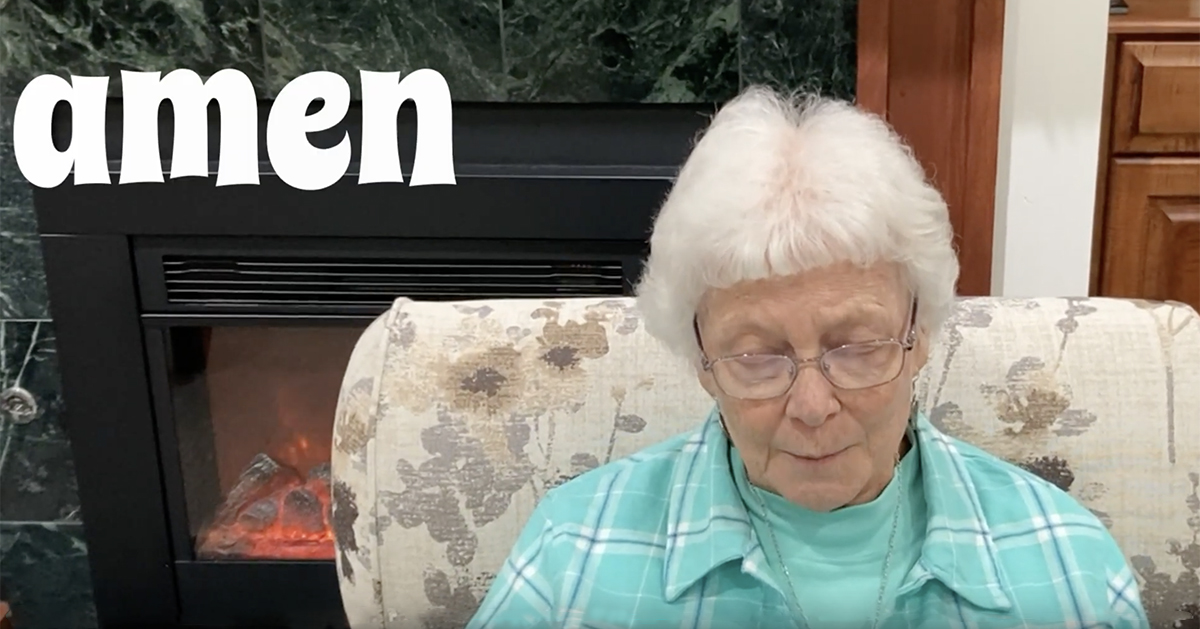
Abolishing the death penalty in Ohio
For decades, Sisters have been active in efforts to repeal the death penalty in Ohio, and the current legislative cycle brings hope with bipartisan support in both the House of Representatives and the Senate. Members of the Congregation have been a regular presence at the Statehouse, advocating for legislation to abolish the death penalty, reflecting our commitment to justice and the dignity of all human life. Read More
 Immigration and migration
Immigration and migration
Immigration remains a pivotal and complex issue within political debates, marked by a plethora of proposed legislation. At the heart of our Precious Blood spirituality is a profound commitment to the humane treatment of those seeking asylum or migrating, whether driven by physical danger or economic necessities. Our Sisters’ direct involvement with the immigration system for decades has provided us with a deep understanding of its flaws and the pressing need for reform. The Congregation advocates for clear and consistent pathways to legal citizenship and work permits. We emphasize the importance of family unity, advocating against policies that separate families. Additionally, we support a more equitable distribution of resources among social service organizations that assist immigrants, recognizing the critical support they provide to Dreamers and other vulnerable groups within the immigrant community. Read More
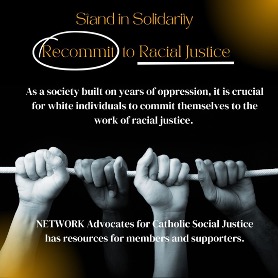 Anti-racism
Anti-racism
The Congregation recently devoted over a year to learning about privilege and racism, aiming to address both personal biases and systemic issues. In my capacity as the peace, justice, and ecology coordinator, I have focused on collaborating with faith-based groups in Dayton and across Ohio dedicated to anti-racism. My involvement with the Archdiocese of Cincinnati and the Ohio Council of Churches Anti-Racism Team (ART) highlights our commitment to combating racial injustices together. A key event ART hosted was a virtual unity prayer service on Martin Luther King Jr. Day, emphasizing our dedication to unity and justice through collective prayer and action.
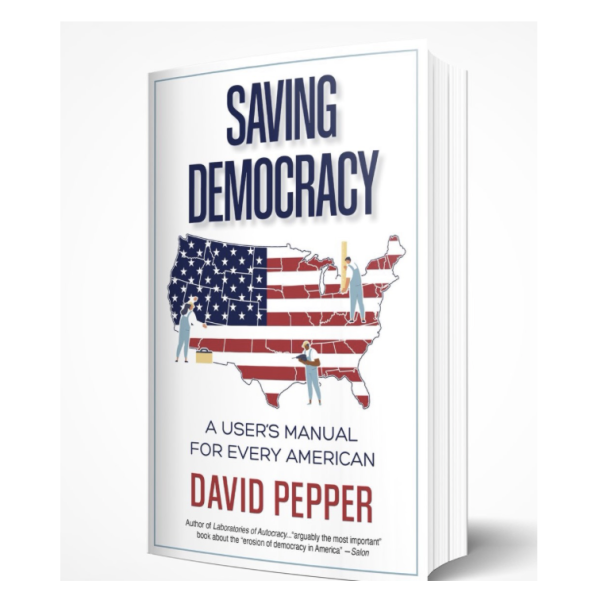 Democracy
Democracy
Alongside the League of Women Voters of the Greater Dayton Area, we are organizing a compelling conversation on democracy at the Dayton Metro Library with author David Pepper. Pepper has a background in law and a passion for civic engagement and will discuss the crucial role individuals play in upholding democracy, inspired by insights from his book Saving Democracy: A User’s Guide for Every American. This event emphasizes the importance of voting, voter’s rights, and bipartisan participation in democratic processes. Read More
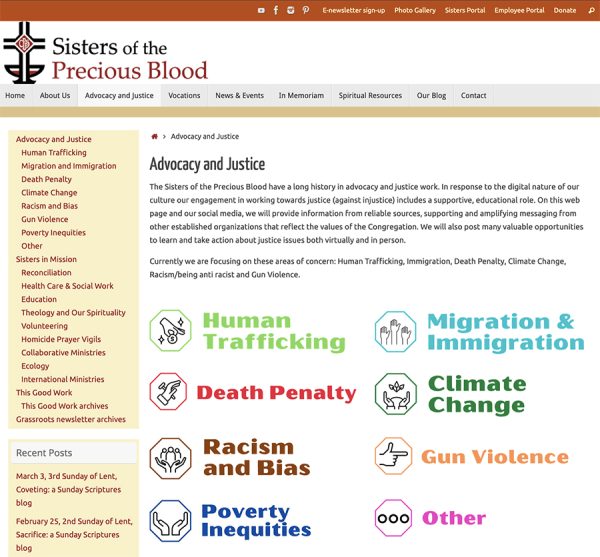 Website
Website
In our latest effort to broaden the scope of our work, we’ve revamped a section of our website to create more accessible opportunities for learning and action on these critical issues, even for those who cannot be physically present. The Advocacy and Justice page serves as a gateway to these educational and advocacy resources, allowing visitors to navigate to topics that resonate with their interests. Additionally, we invite you to visit us on YouTube for further insights and inspiration.









